Google's self-driving car may be dead – but there's still hope
Here are the parts of the Google self-driving car that may live on

Our hopes of cruising around town in a Google self-driving car – on our Google Pixel Android phone, watching Google Play Movies & TV – may now be dead.
Alphabet, Google's parent company, is said to be veering away from making its own autonomous vehicle, according to The Information.
Instead of launching that adorable-looking Google car without a steering wheel or pedals in 2020, the company is expected to take a more practical path.
That new roadmap it said to involve Google partnering with big car makers on traditional-looking vehicles by providing what it knows best: sensors and software.
More to come today
Google self-driving cars have logged more than two million autonomous miles (3.2m km), with a record-breaking 126,000 miles (202,000 km) in a single month.
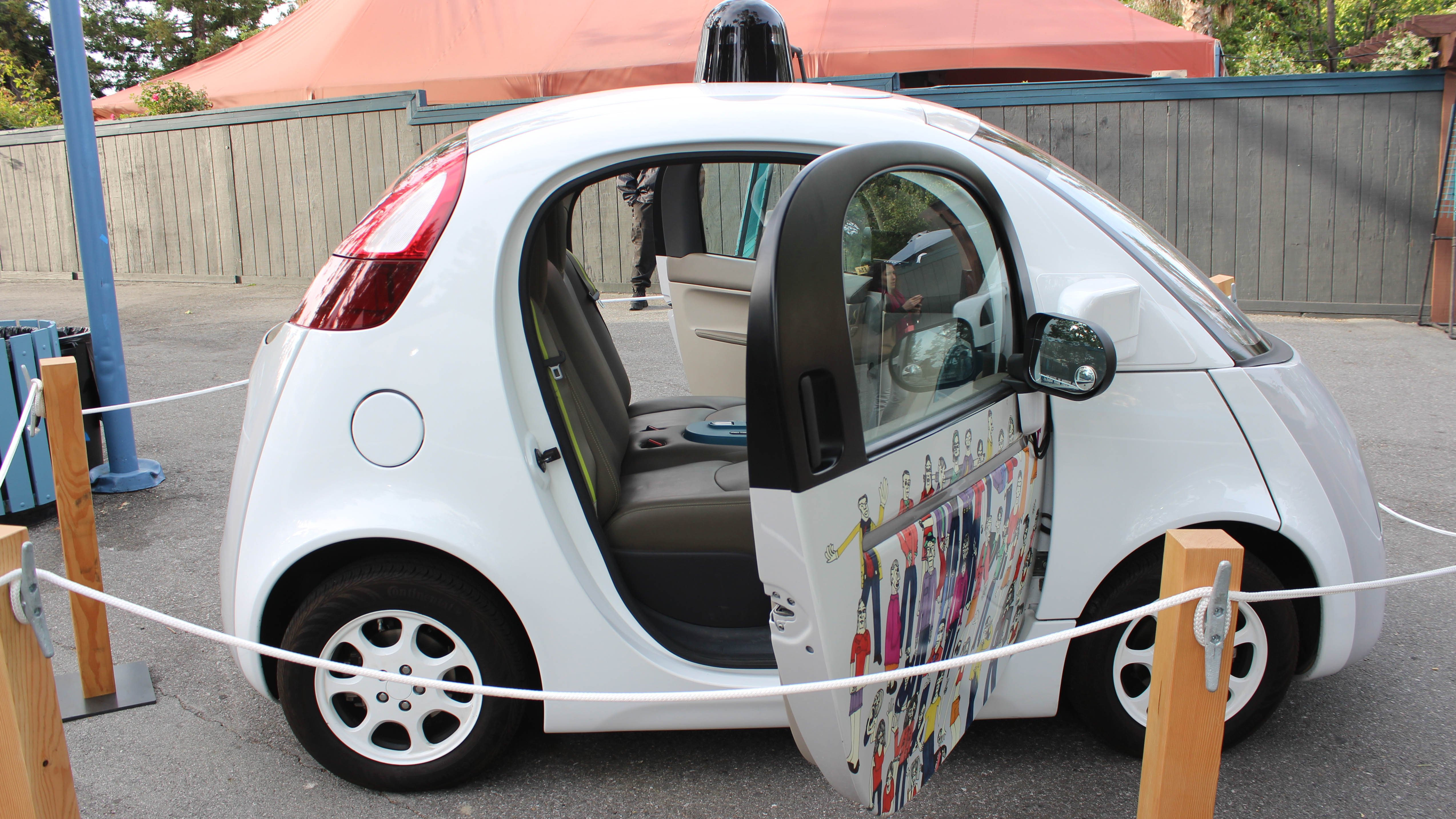
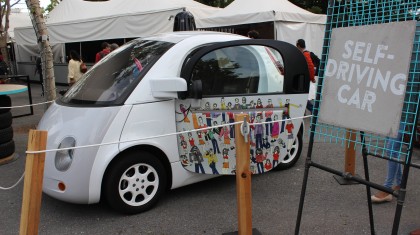
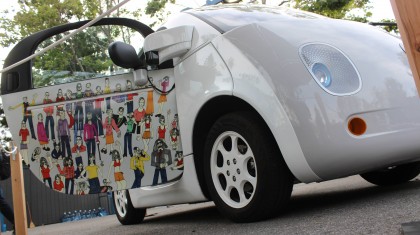
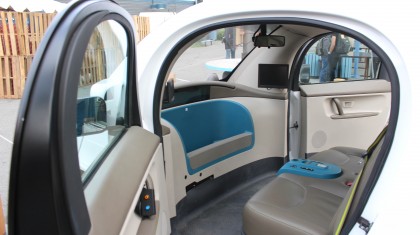
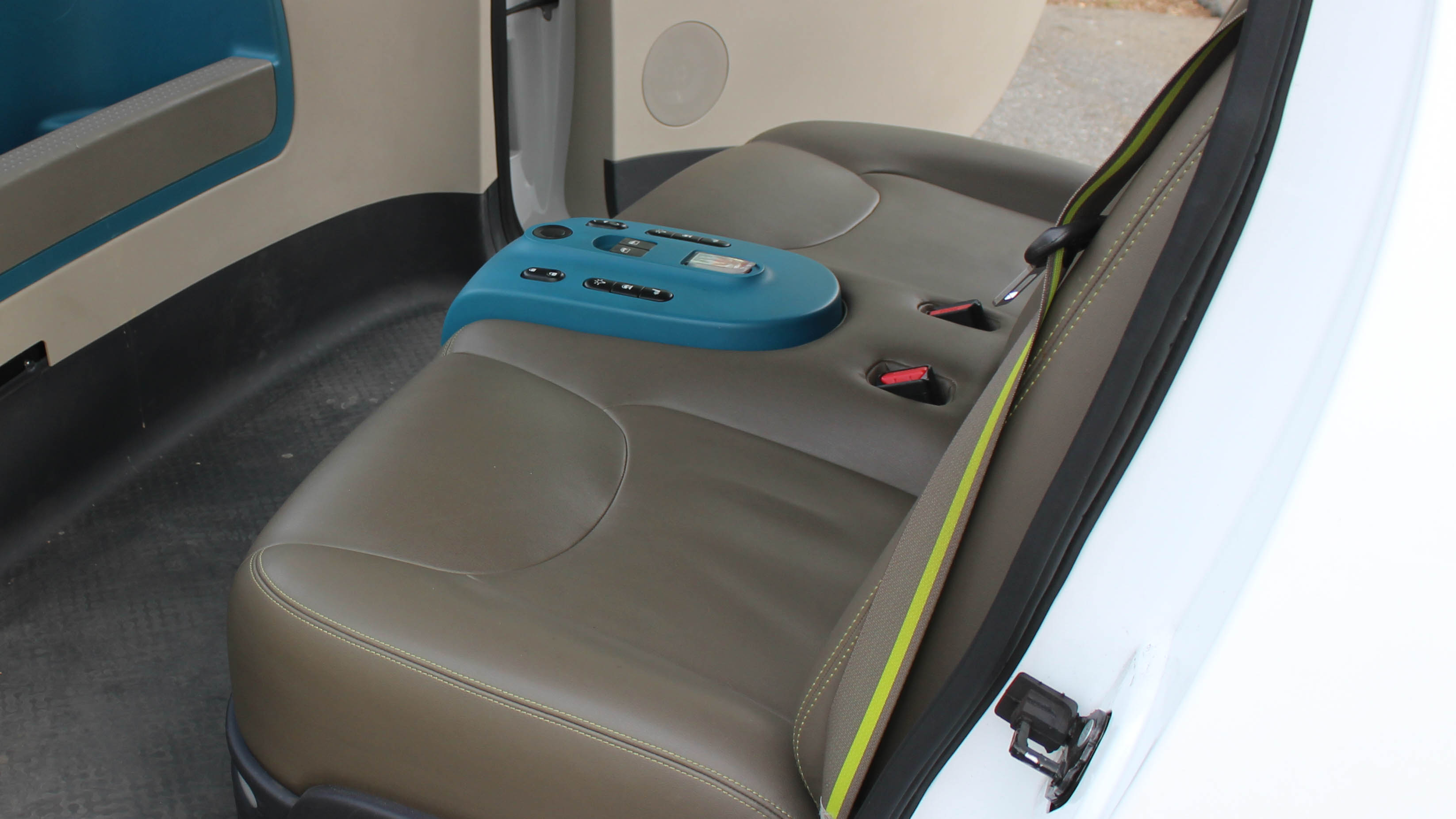
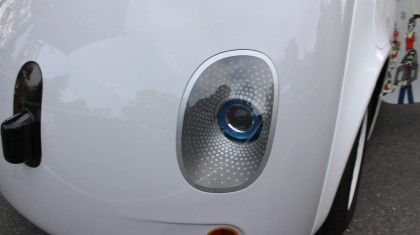


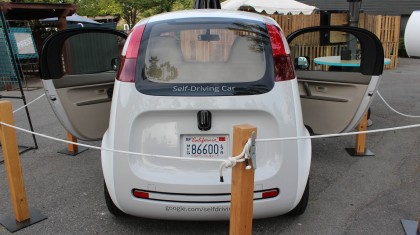
It's only had a few crashes during the project's eight-year history and has gone a long way to changing laws to make self-driving cars legal on public roadways.
Certainly, this isn't the end of Google's ambitious self-driving car efforts – just an end of the company's desire to make its own car end-to-end.
Get daily insight, inspiration and deals in your inbox
Sign up for breaking news, reviews, opinion, top tech deals, and more.
Google is said to be staging an announcement later today, which may mark the official end of the car's life at its experimental Google X lab and its induction into the bigger Alphabet family.
Google could also be announcing the next phase of its Fiat Chrysler deal or its plans for a ride-haling service, according to USA Today. It's supposed to deliver 100 Pacifica minivans with its autonomous tech.
Rather than going it alone, Google-Fiat Chrysler's combined efforts and rumored ride-sharing vehicle ambitions may be the quickest way to outmaneuver Uber, Ford and other firms that are doing the same thing right now.
- Amazing new features: iOS 10.2 and Android Nougat
